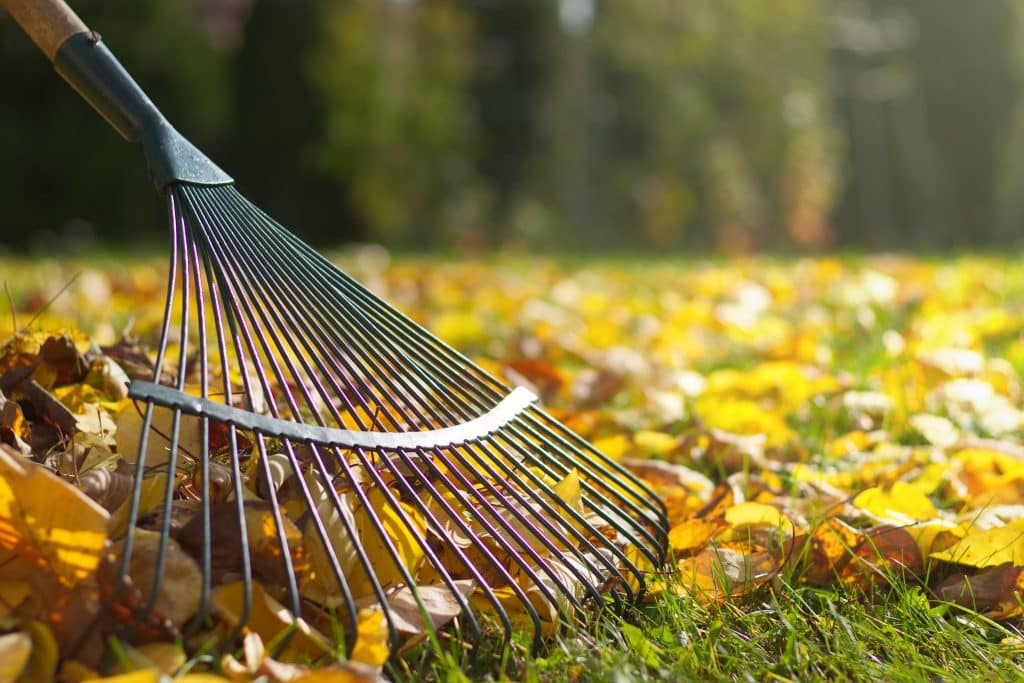
Getty Images
Dear Eartha,
My garden and yard are looking spookier than any haunted house, and it’s not Halloween decorations. What’s a ghoul — I mean, gardener — to do with all these fallen leaves and a garden that’s downright ghostly?
October has gifted us with some stunning days, so it’s no wonder that fall chores may have piled up. The crisp mountain air and the falling leaves serve as nature’s gentle reminder that the seasons are changing, prompting us to adapt our outdoor spaces accordingly. As we transition from the vibrant colors of autumn to the inevitable snowy embrace of winter, our gardens, yards, and landscapes are calling for some special attention.
Leaves, leaves, everywhere: Why trash them?
This year’s leafy display has truly wowed us, but as those vibrant leaves start to carpet your lawn, the fun can quickly turn into a challenge. But did you know that how you dispose of your yard waste can make a big difference in our local landfill and the environment? Surprisingly, it’s not a small matter. In 2018, a whopping 10.5 million tons of yard waste ended up in landfills across the United States — a real environmental oopsie! You see, when yard waste ends up in the landfill, it becomes a source of methane gas and acidic leachate. If left unchecked, this can seep underground and even find its way into nearby buildings. So, what can we do to tackle this issue?
Those leaves piling up around your yard aren’t just a chore; they have so many benefits and should be recycled, not bagged and tossed. One cool way to do this is by turning leaves into mulch, a layer that boosts soil quality. The fastest and easiest method? Set your mower to the mulch setting and shred those leaves right into your grass. It creates a nutrient-rich mix that’ll give your lawn a tasty treat in the spring.
If that’s not your jam, no worries — you’ve got another option. Drop off your leaves at the Summit County Resource Allocation Park for composting from 7 a.m. to 4 p.m. Monday through Saturday. Leaves and yard waste are $31 a ton, with a minimum of $10 per drop-off. Let’s give those leaves a second chance at life!
Preparing for a cozy garden in the months ahead
Now, let’s talk about that somewhat spooky garden or flowerbed of yours. Before winter wraps its icy arms around us, there are a few things you can do to ensure that you’ll be all set for the blossoming days of spring.
- Enhance your lawn with a top dressing: Picture this — it’s like giving your garden a cozy, half-inch quilt of nutrient-rich goodness. This isn’t just any covering; it enriches the soil, locks in moisture and improves airflow. The elixir we’re talking about? It’s your local High Country compost that you can purchase from the SCRAP! The quarter-inch size is tailored for lawns, while the heartier half-inch size is a splendid match for garden beds.
- Give your perennials and new additions a warm hug: Your perennial pals and those new garden additions deserve some extra love as the temperature drops. Wrap them up in a two-inch layer of untreated natural mulch, like a warm, snuggly winter jacket. Surprisingly, the fall season is an ideal time to introduce dormant plants to your garden. If you have a taste for growing your own veggies, certain cold-hardy varieties such as spinach, kale, and garlic can be planted in the fall.
- Let your garden go wild: Sometimes, a little wildness in the garden is a good thing. Leave it au naturel to create a haven for pollinators, birds, insects. While it’s crucial to tidy up the sick or grumpy plants, let the others have some fun — they’ll scatter their seeds, which is nature’s way of keeping the garden dance alive.
When you prepare your garden for winter, you’re not only safeguarding its health but also playing a part in fostering a more environmentally friendly ecosystem. Think of your garden as a valuable piece in the larger puzzle of environmental conservation and sustainability.
Each leaf you recycle, and every garden bed you nurture adds to the effort of creating a greener and more sustainable Summit County. Collectively, we’re working towards crafting a more exquisite, eco-conscious mountain paradise.

